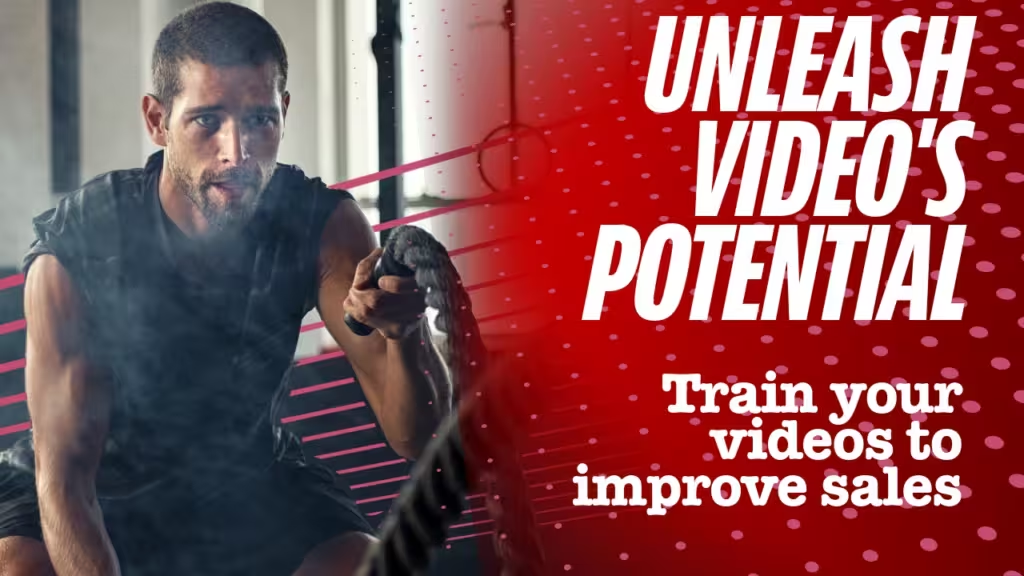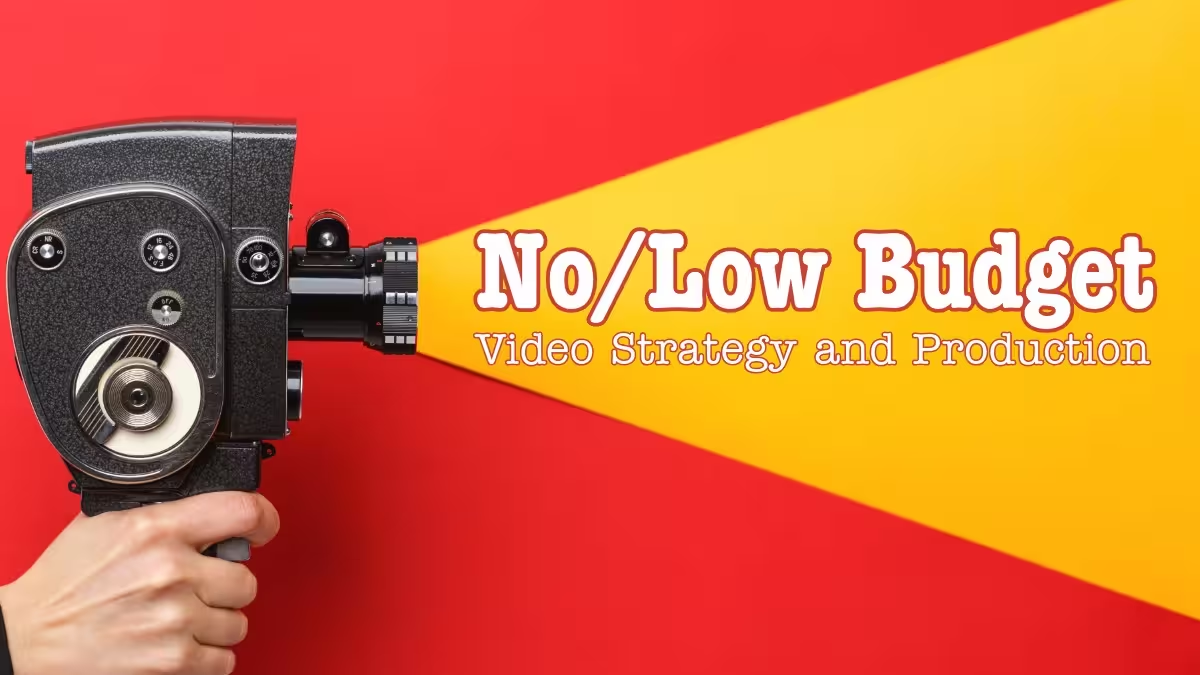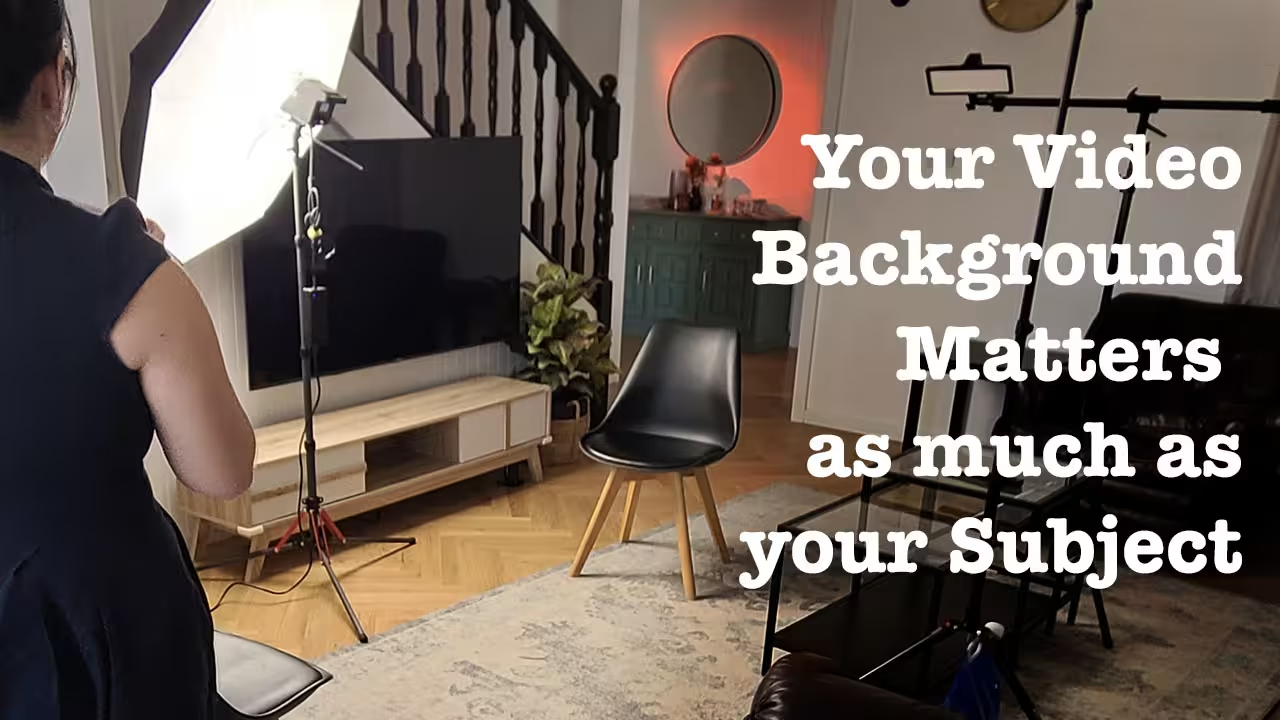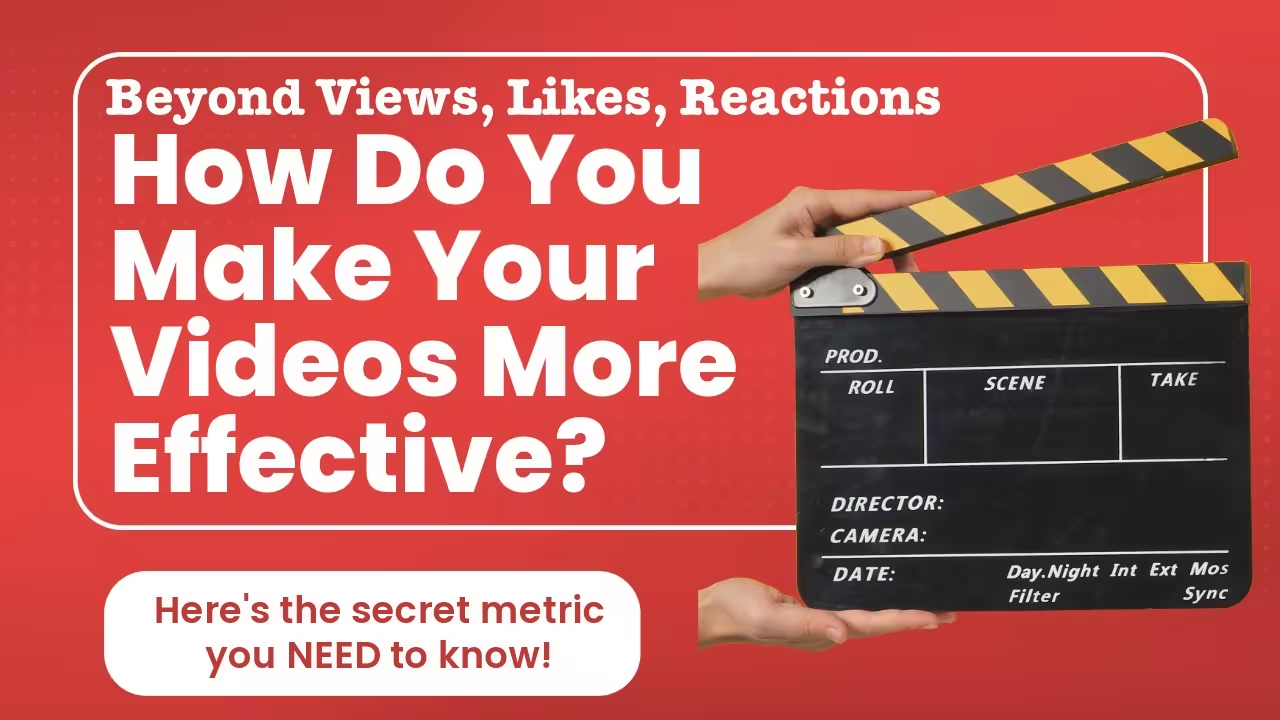Many businesses think that for videos to improve sales, it needs to have thousands of views, or go viral.
However, unless your business model is to to make Ad revenue through your YouTube Channel, or becoming an influencer, views by itself, rarely determine ROI or sales.
Effective videos are not just about the number of people watching them, but who is watching them, how much it is watched, and at what stage of the buying cycle are they being watched.
Here’s how videos can generate sales even without being a viral sensation.
Before I start, I am using Jay, a gym owner, as a “textbook” example of how a video strategy can drive sales. This video isn’t produced by Fantestimonial, and is by Wes McDowell, who used Jay as a case study for his YouTube channel.
Key Learning 1: Know your market
Reality check: you are not the first one who has thought about using videos as a marketing strategy. Chances are your competitors already have videos.
Knowing your market is more than just being in the market. For example, there are many Gyms in the city where Jay operates. Many of them have videos about their facilities, their culture, and/or how to work out in a gym tips.
However, Jay realised that that’s not what someone looking for, when they are gym hunting. He found that his potential customers are looking for a deeper understanding on diet and exercise. They also want to see how others have succeeded in their health journeys.
And it was precisely those type of content that he created to made him stand out.
So knowing your market, what’s missing in your market, and how your product or service fills those gaps in the market and telling your potential customers about it is key.
Key Learning 2: Know your audience
You need to tie what your audience wants to know with what is missing from the market. In other words, answer their pain points the way no one has.
As mentioned earlier, his leads wanted to really know the ‘Why’ behind exercises and diet; and if others have succeeded.
So when Jay found that videos with his expert trainers talking about “Why protein is important”, is what leads want, he pivoted to create more.
Videos can improve sales because with the right information, it can remove buying objections from your customers, even before you speak to them.
By matching the videos to the potential customers, and saturating them with relevant information, places your business as the expert, because you seem to know what your customer needs.
Key Learning 3: It takes time
Videos can improve sales, but they are not magic bullets. You may be an expert in your field, and understand what your customers need. However, what they want to hear may not be what you assume.
You must have heard that you need to provide useful content and helpful information. You want to become the thought leader and be the expert in your field.
As Jay discovered after making videos showing proper exercise techniques, it is also what many gyms and personal trainers do. There are many experts in his space.
To be sure, there is nothing wrong with creating a video about proper exercise techniques. It just makes you as much of an expert as the TikTok influencer with a lot more followers.
It took time for Jay to find the sweet spot. And it was a mix of expert information that goes beyond the surface, and deep case studies that propelled his success.
Oh, and it is also a strange discovery that videos where the presenter is wearing a pair of headphones and speaking into a microphone worked better then one where people are talking in a more natural setting.
But before you go out and start setting up a home studio to film content like this, it is important to note that what has worked for Jay, doesn’t automatically mean it is transferrable to your business.
Key Learning 4: Case Studies work better
Case Studies, not just testimonials work better.
The difference is that a case study is a story about a journey to success. A testimonial on the other hand is basically about saying how good something is.
The difference is the focus. Case studies tend to focus on your customer’s success, whereas testimonials tend to focus how good you are.
The Case Study allows potential customers to empathise or relate to your customer’s predicament, because they are in a similar boat. A case study just informs your potential customer that you can really do the work.
Jay found that by telling the stories behind his customers success, other leads in the same boat do relate to these stories. They identify themselves believe that they can achieve the same success because someone else just like them has done it.
That’s how videos can improve sales. When you customer can see themselves finding success with your product, then there is almost little reason for them not to pay you for it.
Key Learning 5: There needs to be a plan
To be cliche about it, if a tree falls in the forest and one one sees it… Did it happen?
A library of really useful content on YouTube is that tree in the forest. You want someone to see them, otherwise, is it even there?
Hoping that your videos will become a viral success is not a plan.
A clever distribution strategy is just as important or more so than the videos themselves.
Jay uses a Mirror Strategy.
He serves up videos that are most relevant to the demographics of the potential customer even before the initial conversation. That boosted his conversion rates by about 3 times (from 20% to around 60%).
While the mirror strategy worked really well for Jay, itmay not work well for you. It could just be because you don’t have the library of content to fit different leads at the moment. There are other strategies to use, but a strategy is always needed.
The whole idea is to needs optimise the video’s relevance to the potential customer, to warm them up for conversion.
How does videos improve sales?
In a nutshell, for videos to help you generate leads, and warm them up for the sale, you need to make your videos a conscious effort. That is to create content that your audience really want and is missing from your market, and finding a great strategy to make sure these videos are reaching the right people.
It is not an easy or quick fix process, it will, as with all good things, take time, and testing on your part to ensure it works.




